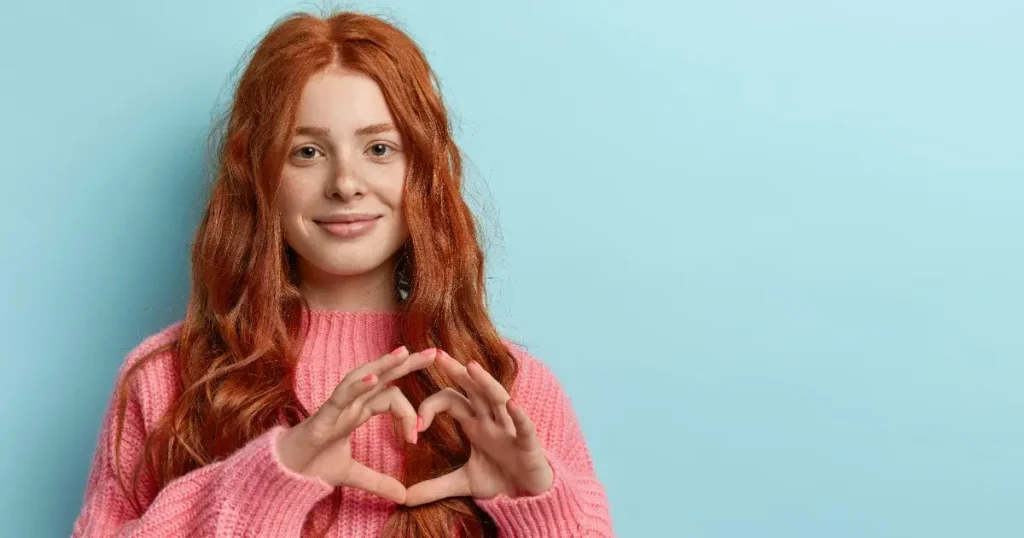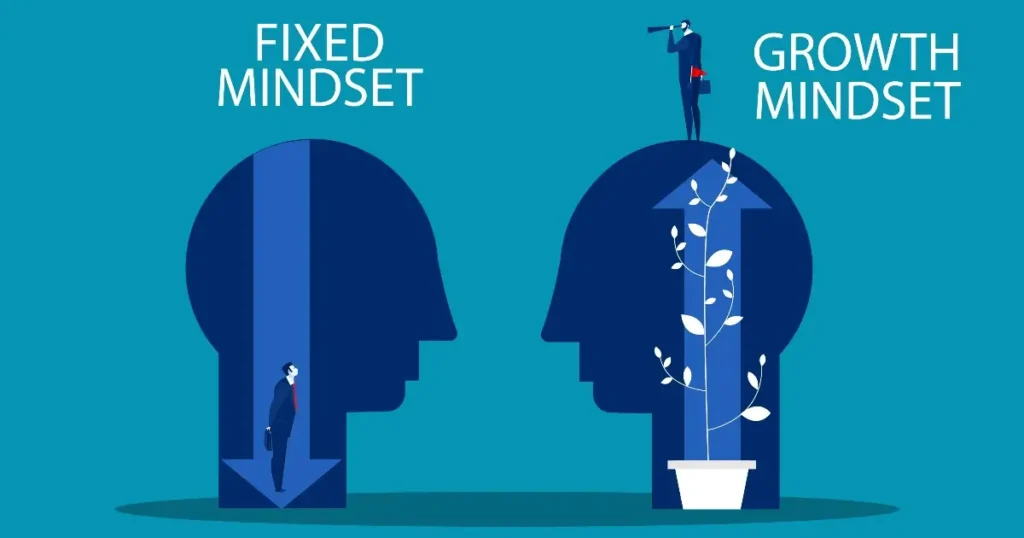The Art of Wellness: What Is Art Therapy?
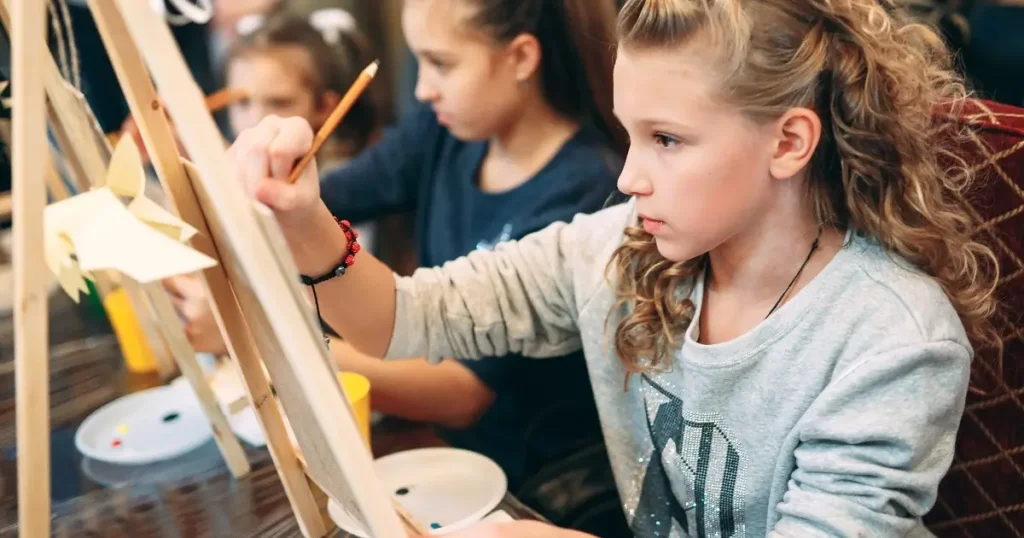
Welcome to the world where art becomes a tool for feeling better. In the evolving landscape of mental health treatment, art therapy shines as a beacon of innovation, its efficacy underscored by rigorous research.
Blending the transformative power of creative expression with the science of psychotherapy, this approach offers a compelling, evidence-based pathway to healing.
As studies continue to reveal its positive impacts on mental health outcomes, art therapy secures its place as an invaluable complement to traditional therapeutic methods, inviting individuals into a world where art becomes a bridge to deeper understanding and wellness.
What Is Art Therapy?
Art therapy is a form of expressive therapy that utilizes art-making to promote emotional healing and self-expression. Guided by trained therapists, it helps individuals explore feelings and gain insights, regardless of artistic skill. Widely used alongside traditional therapy, it addresses issues like trauma and anxiety in various settings. Through the creative process, individuals in art therapy can find new ways to cope with challenges and develop a deeper understanding of themselves.
Understanding Art Therapy
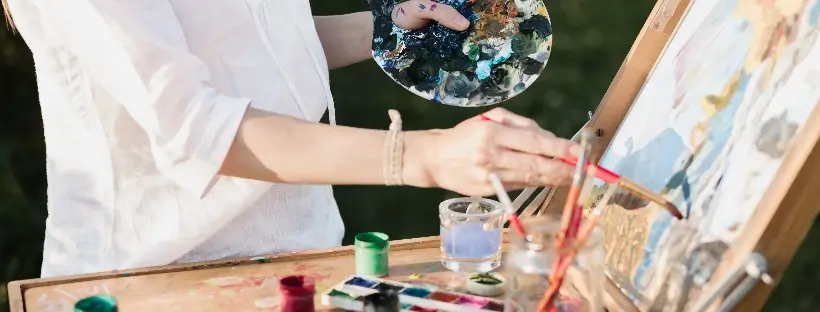
Art therapy merges creative expression with psychological principles, offering a transformative path for healing and self-discovery. It leverages the power of art to express complex emotions and experiences beyond words, within a supportive and non-judgmental environment.
This therapeutic practice emphasizes a person-centered approach, fostering a deep, empathetic connection between client and therapist, and guiding individuals toward greater self-awareness and growth.
By blending psychoanalytic, existential, and cognitive-behavioral theories, art therapy provides a versatile framework for individuals to explore their innermost thoughts and feelings through art.
This process not only unveils hidden emotions for deeper insight but also encourages personal exploration and the transformation of negative thought patterns. Through engaging with various art materials and techniques, clients develop coping skills and work through challenges, empowered by their own creative potential as a pathway to well-being.
The Art Therapy Process

The art therapy process begins with an assessment, where the therapist identifies the client’s emotional and psychological needs, tailoring the therapy to their unique situation. Clients then engage in art-making, a phase more about expression than artistic quality, allowing them to explore their thoughts and feelings.
This creative phase leads to a reflective dialogue between therapist and client, interpreting the art to uncover emotional insights and deeper meanings. The therapist’s role, central to this process, involves creating a supportive and empathetic environment, fostering trust and facilitating healing.
Through guided art exploration, clients gain a deeper understanding of themselves, fostering personal growth and emotional well-being. This structured yet flexible approach ensures a personalized therapeutic experience.
Art Therapy Techniques
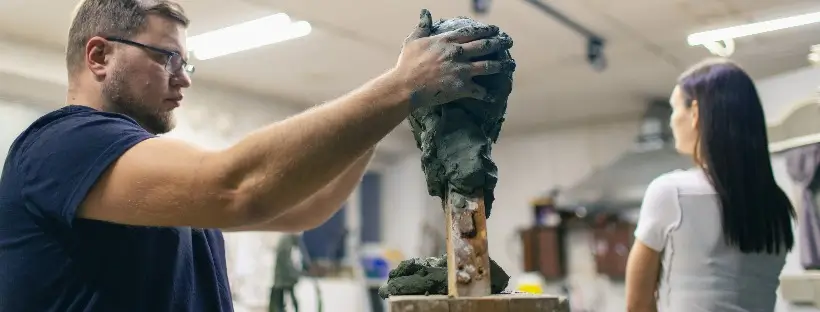
Art therapy incorporates diverse techniques like drawing, painting, sculpture, and digital media, each adaptable to suit individual client needs and therapeutic objectives. Drawing offers a straightforward way for clients to express immediate thoughts and emotions, making it ideal for initiating therapeutic dialogue.
Painting provides a deeper, immersive experience, allowing clients to explore their emotions through color and texture. Sculpture lets individuals create tangible expressions of their inner experiences, offering a hands-on approach to therapy.
Digital media introduces a contemporary avenue for expression, appealing to those comfortable with technology. Tailoring these techniques to match specific goals enables art therapists to provide personalized therapeutic experiences, fostering meaningful emotional and psychological growth.
Art Therapy in Different Settings
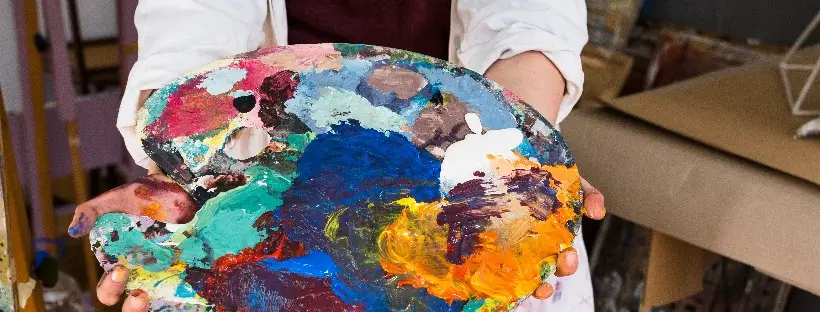
Art therapy is practiced in a variety of settings, each tailored to meet the unique needs of its participants. In hospitals, it provides a psychological escape for patients grappling with chronic illness, allowing them to express emotions tied to their health challenges.
Schools utilize art therapy to support students facing emotional or behavioral difficulties, offering a non-verbal way to express complex feelings and improve self-esteem and social skills.
Community centers host art therapy groups for diverse groups, such as veterans with PTSD or survivors of abuse, creating a supportive space for shared healing through creative expression. In private practice, art therapists offer personalized sessions targeting specific issues like grief or mental health disorders, facilitating deep personal exploration and healing.
These varied applications of art therapy underscore its effectiveness in promoting emotional well-being and personal growth across different life situations, demonstrating its significant impact on individuals’ lives.
The Brain Benefits of Art Therapy
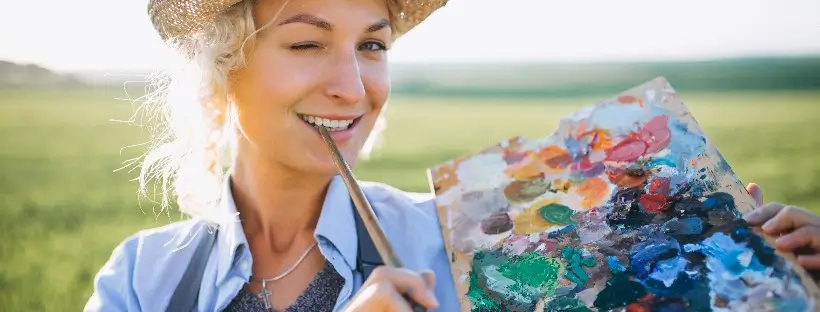
Engaging in art-making activities goes beyond mere creative expression; it taps into the brain’s reward system by stimulating the release of dopamine, a neurotransmitter pivotal for pleasure and satisfaction. This process can markedly uplift mood and lower stress, making art therapy a potent method for improving mental health.
The act of creating art acts as a natural mood enhancer, providing a therapeutic escape that promotes relaxation and well-being. As individuals immerse themselves in the art-making process, they experience a sense of accomplishment and joy, which are crucial for mental resilience and emotional balance.
Thus, art therapy not only serves as a conduit for self-expression but also as a scientifically-backed avenue for nurturing mental health, offering a holistic approach to coping with life’s challenges. Through the lens of neuroscience, the benefits of art therapy extend from the canvas to the brain, illustrating its value as a comprehensive therapeutic tool.
History of Art Therapy
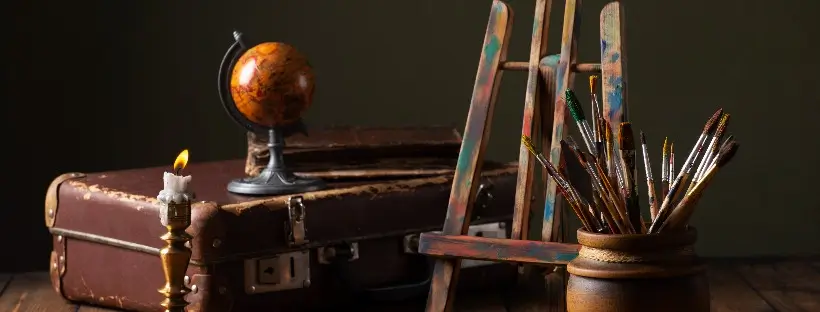
Art therapy, formally recognized in the mid-20th century, has ancient roots. Civilizations like the Egyptians, Greeks, and Romans utilized art for its healing effects, embedding creative practices in their cultures for well-being.
These societies understood art’s power to express and heal, using it to communicate and evoke emotional responses. This historical backdrop highlights art’s timeless role in healing, setting the stage for contemporary art therapy.
This discipline combines ancient wisdom with modern psychological insights, showcasing art’s enduring therapeutic potential. Through this lens, art therapy emerges as a blend of tradition and innovation, offering a unique pathway to healing and self-discovery.
Final Thoughts
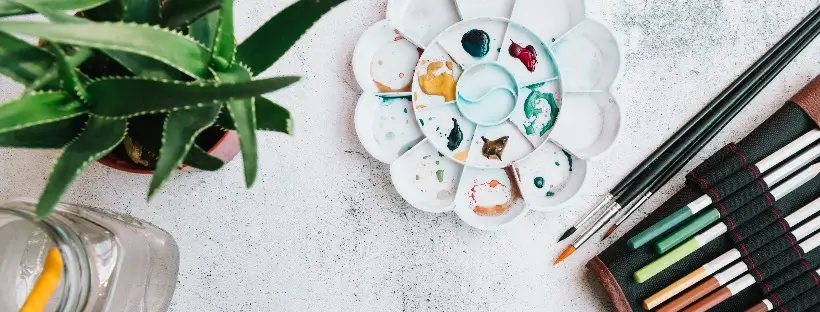
Art therapy emerges as a profound blend of ancient wisdom and modern science. Its ability to tap into the brain’s reward system, coupled with its rich historical roots, highlights its significance as a therapeutic tool.
Through the act of creating art, individuals find not only a means of expression but also a pathway to healing and renewal. As we continue to delve deeper into the realm of art therapy, we uncover new layers of understanding and appreciation for its transformative potential in nurturing mental health and well-being.




